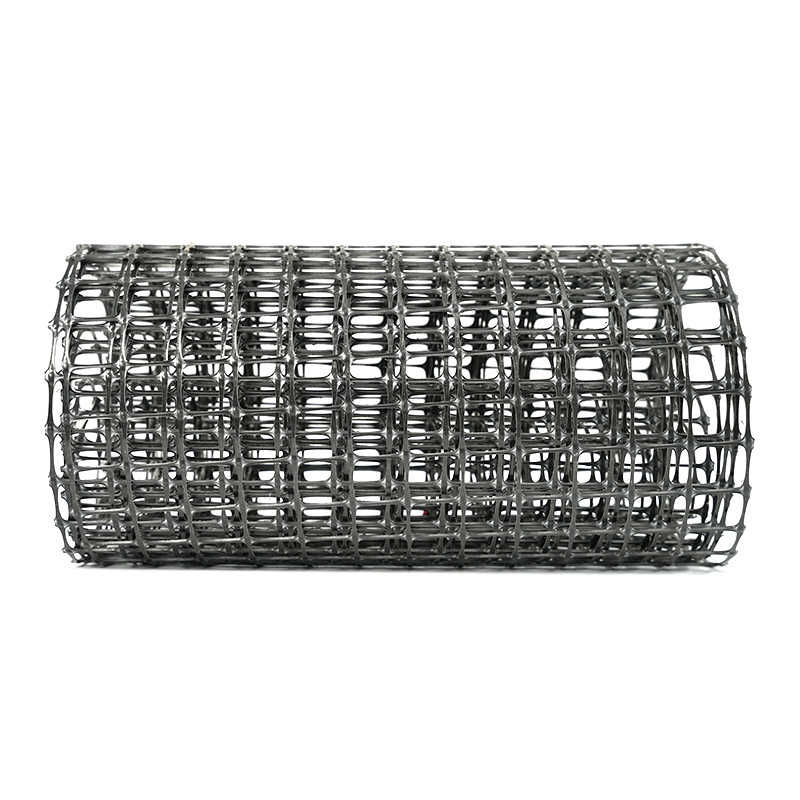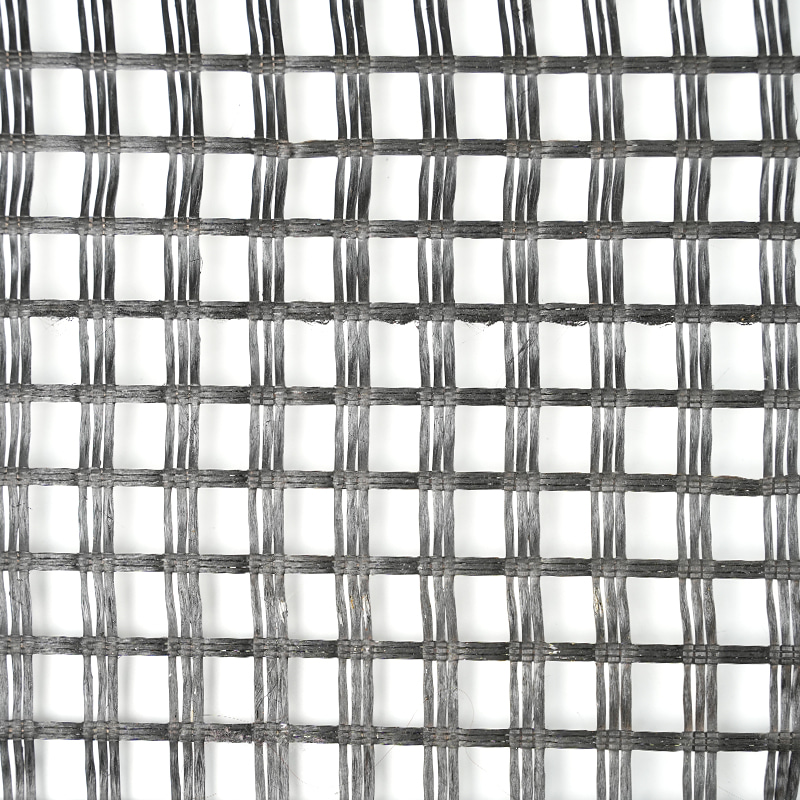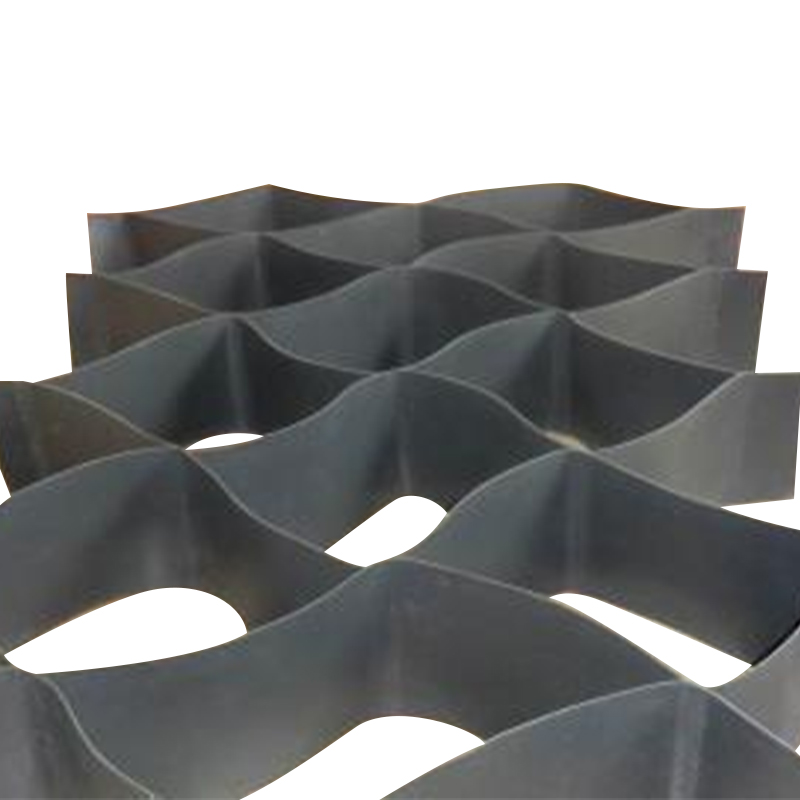Clarify the test purpose and applicable standards
1. Determine the test object: The tensile properties of geotextile and other fibrous fabrics are evaluated.
2. Select the appropriate standard: Commonly used domestic and international standards include GB/T15788, GB/T2792, ASTM D4595, ISO 10319, etc.
3. Confirm test conditions: Specimen size, gauge length, tensile speed, ambient temperature, etc., must comply with the requirements of the selected standard.
Key performance indicators and their acceptance requirements
1. Tensile Strength: The maximum tensile force (kN/m) recorded by the Geotextile strength machine, calculated as the arithmetic mean of 5 specimens.
Acceptance criteria: The average value must not be lower than the design or specification requirements, and the strength of a single specimen must not be lower than 80% of the average value.
2. Elongation at Break: Calculate the ratio (%) of the elongation at break to the original gauge length, also calculated as the average of 5 specimens.
Acceptance Criteria: Elongation within the standard specified range (e.g., 15%–25%) meets the material's toughness requirements.
3. Tensile Modulus (Young’s Modulus): Calculated as the stress-to-strain ratio in the elastic stage (0–10% strain), reflecting the material's stiffness.
While not a mandatory indicator, it can be used to compare the performance of materials from different batches or suppliers.
4. Fracture Location: Fracture must occur at the center of the specimen. Fracture at the fixture is considered invalid and requires retesting.
Result Data Processing and Consistency Verification:
1. Calculate the Mean and Standard Deviation: Calculate the mean and standard deviation for the fracture strength and elongation of 5 specimens.
2. Coefficient of Variation (CV) Control: A coefficient of variation ≤15% (some stringent requirements ≤10%) indicates uniform material properties.
3. Compare with Specification Requirements: Compare the mean, elongation, and CV with the minimum requirements of the design or standard item by item.
4. Generate a complete report: The report should include graphs, numerical values, statistical indicators, and a pass/fail conclusion.
Common Non-Compliance Situations and Handling Measures
1. Insufficient Tensile Strength: If the average value is lower than the specification requirement, the raw material quality or production process needs to be checked.
2. Elongation Deviates from Range: Too low an elongation may lead to brittle fracture, while too high an elongation may cause excessive deformation. The fiber ratio or weaving process needs to be adjusted.
Excessive Coefficient of Variation: This indicates internal inhomogeneity of the material, requiring improvement in raw material mixing or production process control.
Improper Fracture Location: If the fracture occurs at the fixture, it indicates improper fixture clamping or incorrect sample preparation. Re-clamping and retesting are required.



 中文简体
中文简体 русский
русский عربى
عربى













